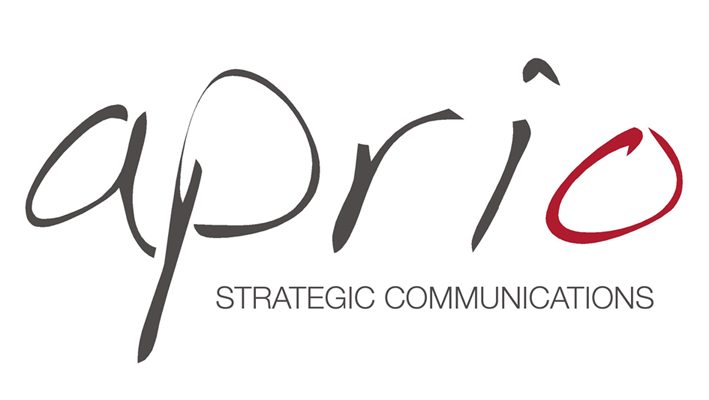Facebook rolled out its Timeline for brands feature on Wednesday. Read our first look.
When Facebook launched Timeline for personal profiles, social media managers began speculating on when the format would be rolled out for brand pages. We now know that day will likely be Wednesday. Is your brand ready for the change?
By most accounts, brand will have three months before they have to adapt to the format, but you should start to see the rollout happen much quicker than that, with some early adopters taking advantage of the format immediately. Facebook premium ads are also expected on Wednesday, and leaked documents give some in-depth info on what that will mean for your brand.
The first thing that marketers should realize is that Timeline for brands will differ from Timeline for personal pages. Further, brands will need to rethink their Facebook strategy. And with any of the medium’s past iterations, there will be some growing pains.
That said, here are a few points that will help communicators ensure that they’re ready for the launch:
Plan first for the aesthetic changes
Obviously, the Timeline format is significantly different from the current format. The cover photo will serve as the brand’s showcase. After the original announcement was made, several thoughts began to circulate about what these pages might start to look like. Mashable published a gallery of how some brand pages might look once Timeline launches.
I can say that our agency has already been honing the look of our brand pages in this new format, realizing that the sooner we can switch our brands to Timeline, the sooner we can start taking advantage of what it has to offer. But it’s not as simple as that. Much of what Timeline will have to offer is left to speculation at this point.
In its early stages, focus on what you know you can control with Timeline. For example, you can control the look and you can control the message your brand presents.
Tell your brand’s story (or less sexy, its corporate history)
As you contemplate this messaging, keep in mind that Timeline offers the opportunity to tell your brand’s full history. For brands that perform well in the social space, the key has always been to tell a compelling story, and this won’t change with Timeline. What will change is how you do that.
To what extent will your fans be interested in these types of stories? Obviously, it’s yet to be seen. But we know that nostalgia plays well on the Web. For example, I spent an inordinate portion of my day looking at a gallery of old sports posters.
You will need to determine how much past content you feel is worthwhile to populate your Timeline’s early years.
The way you interact with fans will change
In a recent Forbes post, Vitrue CEO Reggie Bradford outlined how interactions will shift for brands on Timeline:
“Facebook is still personal and Timeline will call for more meaningful interactions. Moderation will become more important—so forget inundating the Newsfeed with irrelevant attempts at mass appeal. Instead, emphasize the chapters of your story that are relevant and interesting to specific audiences.”No one is expecting the customer service activity on Facebook to go away. Quite the contrary. People will still post to your page to share their feedback about your brand. You’ll still have to respond to these people and continue monitoring. Over time, these interactions will likely take less precedence than, say, major product launches, etc.
But the content you put out to the public will need to shift. Superficial engagement posts are less important in this format. Think of it this way:
If you’re a potato chip purveyor, you may ask your fans to “like” a post if they eat your potato chips at lunch. With Timeline, it will be more important to note that on a particular day, thousands of your fans had your brand of potato chips for lunch because they shared the fact that they were eating your chips.
How will Timeline affect apps?
It looks as though existing apps will live—for now. They may need some maintenance or updating, but social media marketers should be excited about some of the new possibilities that Facebook apps can offer. We’re moving past the “like” and into other verbs like “pinning,” “running” and “listening.” The list will grow, and brands will be able to have some control in how people talk about using their products.
As Advertising Age pointed out in the original Timeline-for-brands announcement:
“For one, the tabs or apps marketers currently host on their Facebook pages to sell products or take polls may turn into boxes on the brand's Timeline, much like how apps for Spotify or Washington Post Social Reader live on users' Timelines.”The more familiar you can become with the possibilities of Open Graph, the better your brand will be. Open Graph will allow you to develop apps that continue to be a part of people’s timelines, which will be key to expanding your reach in this new format.

No comments:
Post a Comment